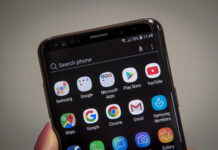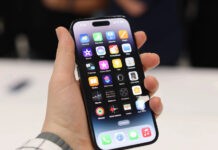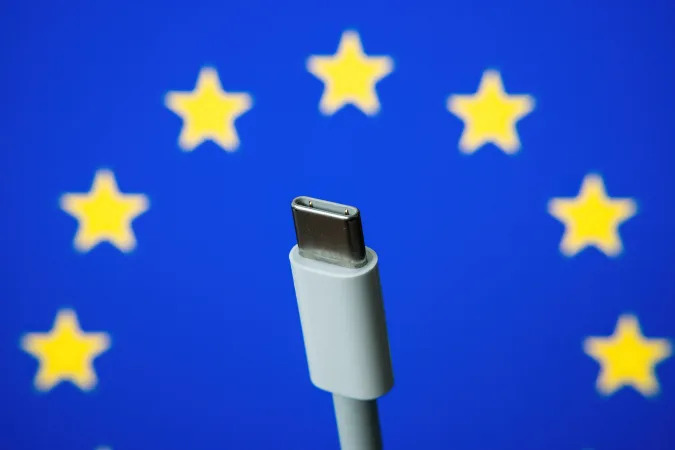The European Parliament has voted to make USB-C the common charging standard in the EU. All mobile devices with up to 100W power delivery (including phones, tablets, and earbuds) sold in the region will have to come with a USB-C charging port by the end of 2024. Laptops will need to make the switch by spring 2026. Products that come to market before these deadlines won’t be affected.
The regulation is meant to reduce e-waste by letting people use existing chargers to power new devices. It’s also intended to eliminate technological “lock-in” that keeps users tied to one manufacturer’s proprietary formats. The vote similarly sets expectations for fast charging support — devices will offer at least the 18W from USB-C‘s Power Delivery specification.
The EU has long called for a common charger and helped whittle down the variety of connectors by pushing for standards like micro-USB. However, the Union claims that voluntary efforts didn’t lead to “concrete results” for users. That led to a formal legislative proposal in September last year.
Also Read: Why is Europe requiring USB-C chargers?
It’s no secret that the requirement will primarily affect Apple, which has stuck to proprietary Lightning ports on iPhones and some other devices despite a broader industry move to We’ve asked Apple for comment and will let you know if it responds, although it claimed in 2020 that the charger requirement would “stifle innovation.” This won’t limit sales of current Lightning-equipped products like the iPhone 14 lineup or second-gen AirPods Pro, but it will force the company to switch to USB-C in the future. Multiple rumors have suggested Apple is already testing USB-C iPhones that might arrive in 2023, and the entry-level iPad might use the port this fall.
There are concerns about the long-term impact of the measure. While Parliament rapporteur Alex Agius Saliba said the law would allow the development of future “innovative charging solutions,” companies would need to wait for EU approval before switching. The law also doesn’t cover hardware beyond 100W, so manufacturers won’t need to embrace USB-C 2.1 (with up to 240W of power delivery) for high-performance laptops. Even so, this move might be welcome if you don’t want to buy new chargers and cables just to switch to another mobile platform.









































